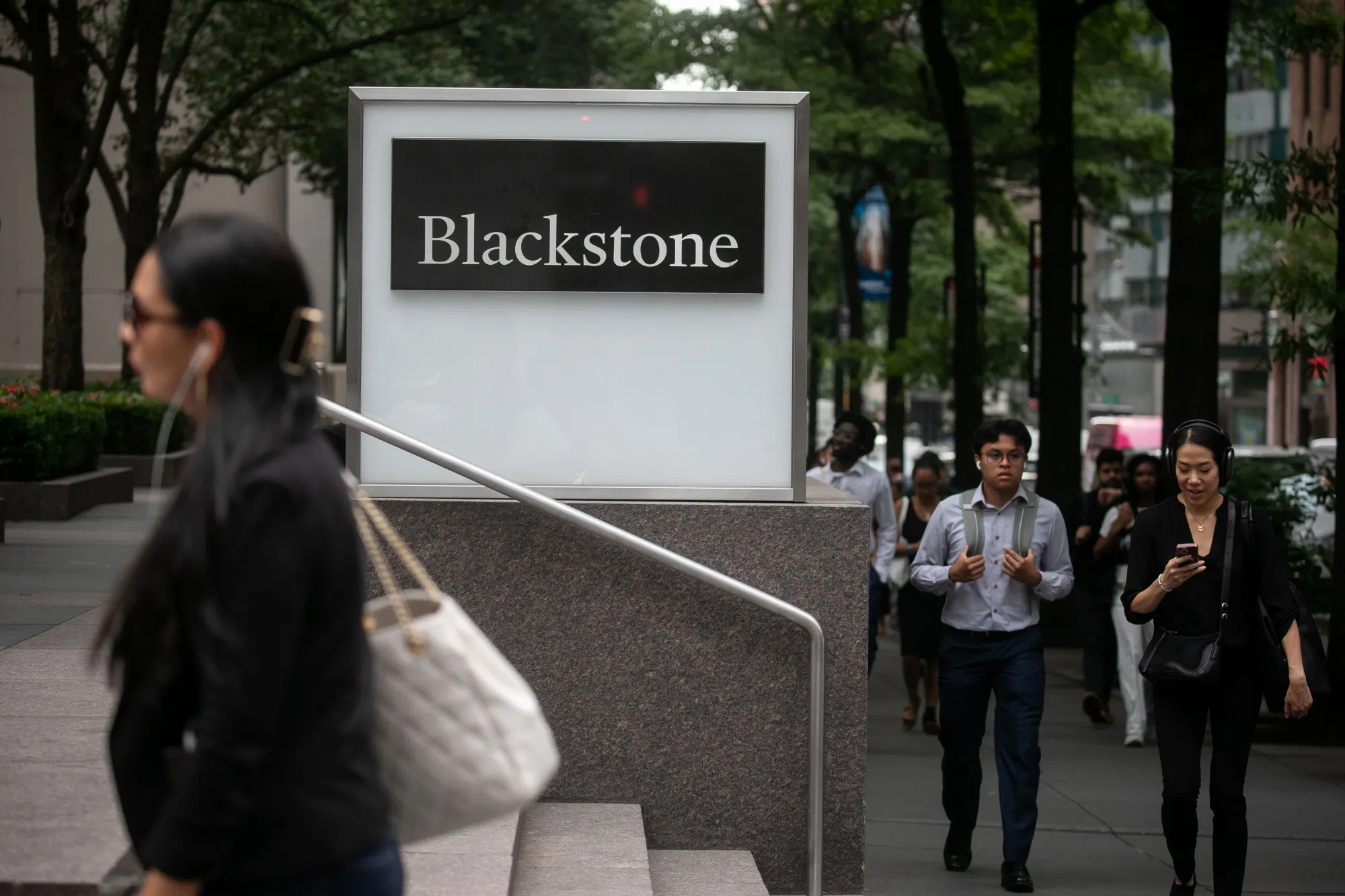PHYSICAL gold demand picked up in China this week as the top bullion hub reopened after the Chinese New Year holidays, while a correction in domestic prices in India failed to impress buyers.
Chinese dealers charged premiums of US$45-to-US$55 per ounce over benchmark prices, up from US$36-to-US$48 per ounce quoted two weeks ago.
“Chinese gold demand remains closely tied to the relationship between the gold premium and the RMB,” said Bernard Sin, regional director of Greater China at MKS PAMP, adding higher premiums reflect a positive shift in sentiment towards Chinese assets following holidays.
On Wednesday (Feb 21), China’s yuan rebounded to a near three-week high against the US dollar, underpinned by Beijing’s efforts to boost its economy and property sector.
“While fresh gold imports have contributed to this improvement, we anticipate the People’s Bank of China to maintain control over the RMB,” MKS PAMP’s Sin said.
In India, dealers were charging a premium of up to US$3 an ounce over official domestic prices – inclusive of 15 per cent import and 3 per cent sales levies – down from last week’s premiums of up to US$3.5.
“Retail demand is still way lower than usual because of volatile prices. Consumers are just waiting to see if prices might drop even more,” said a New-Delhi based bullion dealer.
Local gold prices were trading around 62,000 rupees per 10 grams this week after hitting a record high of 65,040 rupees earlier this month.
Jewellery demand is weak despite the ongoing wedding season, although purchases of coins and bars are gaining some traction, said a Mumbai-based bullion dealer with a private bank.
In Hong Kong, bullion was sold at premiums of US$2-to-US$3.50, while premiums between US$1.80 and US$3 were charged in Singapore.
In Japan, dealers sold gold anywhere between a discount of US$1 to US$0.5 premiums, with higher rates denting demand. REUTERS







